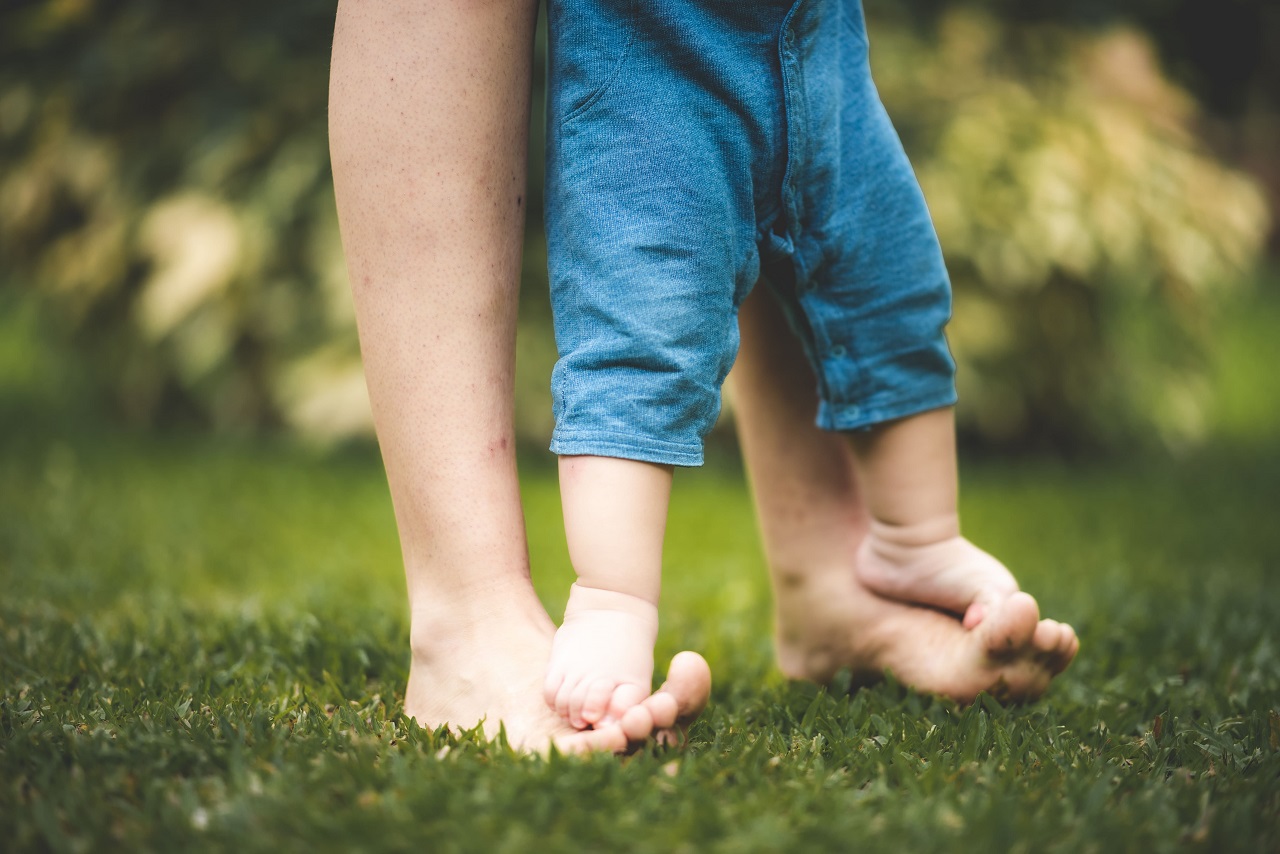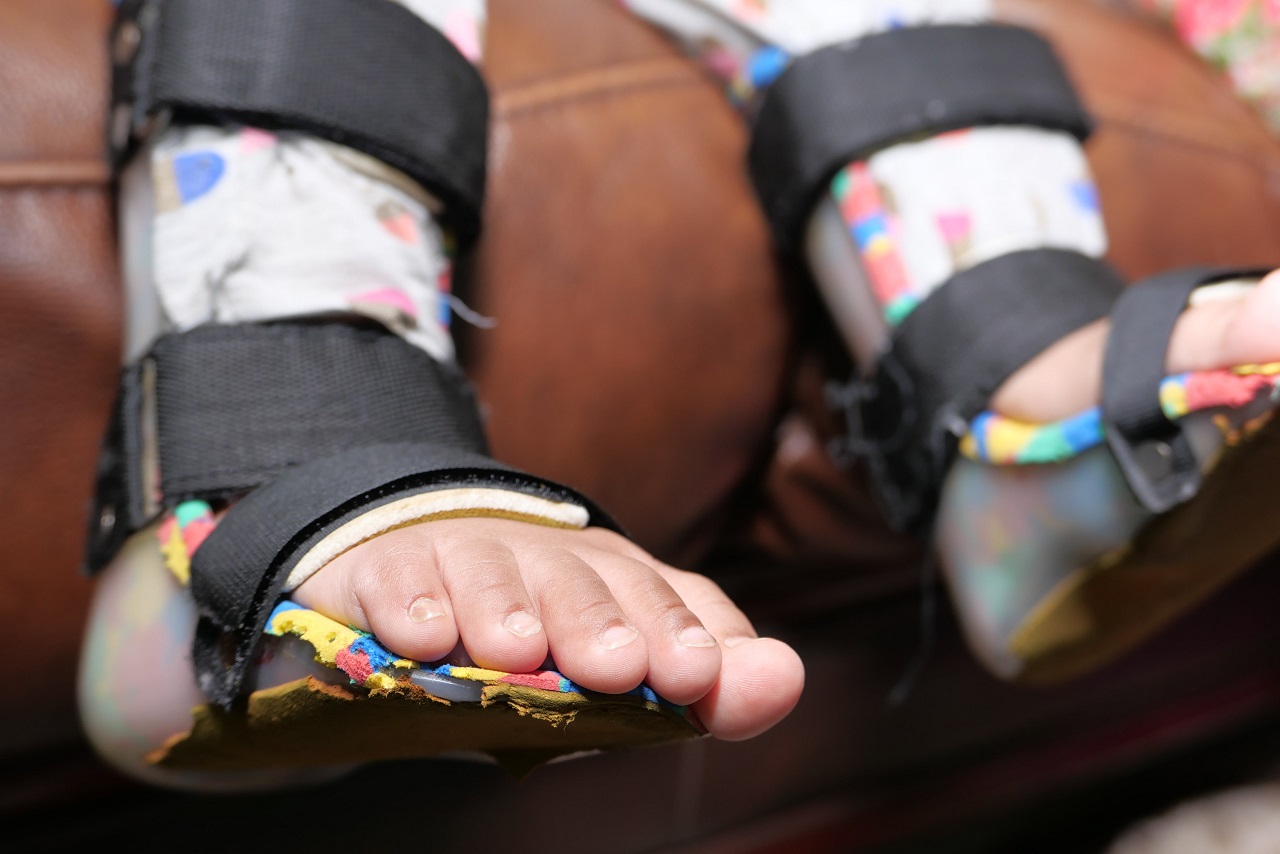The problem of flat feet, which occurs due to underdevelopment of the arch of the foot, is a condition where the inside of the foot touches the ground more than it should. The purpose of the arch on the inside of the foot is to support the body while standing or playing sports. In this way, body weight is evenly distributed to the sole. However, in people with flat feet, this imbalance can bring some problems.
Although flatfoot is a normal condition in infants, it can cause some orthopedic problems if it persists during childhood. It is generally observed that flat feet usually improve as they grow up. If there is no improvement in childhood, exercise and treatment can be applied.
What causes flat feet in children?

This health problem, which occurs due to the looseness of the ligaments surrounding the foot joints and bones, is seen in people with more flexible joint movements than other people. This is why it is referred to as flexible flatfoot.
Another cause of flatfoot is hereditary inheritance.
Do children with flat feet feel pain or ache?
In general, flatfoot does not cause pain or soreness. However, pain may be felt after standing for a long time or excessive physical activity. Children with flat feet may need to exert more effort than normal and this may cause the child to feel tired or weak more quickly. Children with flat feet may have difficulty with sports activities such as walking and running. This can trigger pain and cramps in the soles of the feet.
Flexible flatfoot can cause pain or shoe deformities in school-age children. Children with rigid flat feet may experience more limitations in physical activities.
In general, flatfoot reduces the quality of life as it causes difficulties that can bring pain and suffering.
How is flatfoot treated?

Children with flexible flat feet who have no complaints do not need any treatment. However, exercise and insoles can be applied when necessary. Ankle stretching and sole muscle strengthening exercises are useful in relieving the pain that may occur. It will be more useful to support the exercises with insoles because the insoles that regulate the way the foot steps will help to eliminate the functional limitation.
If it is observed that there is tension in the Achilles tendons, physical therapy and cast applications may be recommended to reduce Achilles tension. If there is persistent pain despite all treatments, surgical intervention may be necessary. However, it should be reminded that surgical treatment is only needed in very few people with flat feet.
Flatfooted children with overweight problems are encouraged to lose weight because the more pressure on the foot, the more foot deformation, walking disorders and pain are triggered.
Children with severe flatfoot should definitely receive treatment. The method of treatment will be determined by the child's personal health history, depending on age, severity of flatfoot, general health status and activity level.
Does choosing the wrong shoes cause flat feet in children?
Although we cannot say that choosing the wrong shoes causes flatfoot, it is possible to say that it has a bad effect on flatfoot in children at risk of flatfoot. If the support in the shoes is not suitable for the foot, it can prevent the proper development of the foot muscles and ligaments that develop until the age of 10. Likewise, narrow and tight shoes can also trigger the discomfort of a child prone to flatfoot.









